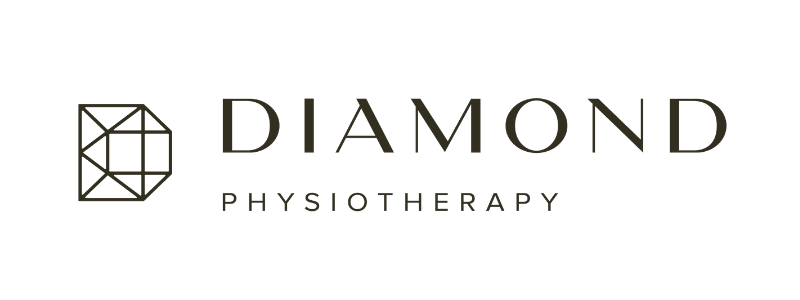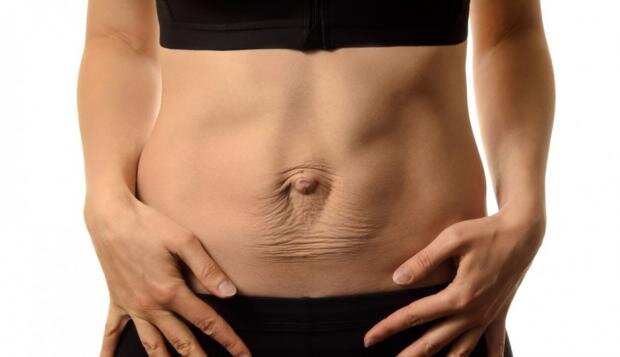Healing Diastasis Rectus
This is such a loaded topic, I almost said no when asked the question how do you heal diastisis recti.
The truth is: it’s complicated and like treating any injury there is no “right way” to heal this but there are things you should know and things you can do!
It happens –100% in pregnancy and at this point there is no clear explanation or risk factors for non- healing
You are not broken – your abdominal muscles have not in fact split the linea alba and the rectus sheaths have weakened or thinned if you prefer, like your yoga pants in the latter stages of pregnancy.
Typically is will heal in the first 6-8 weeks post partum, Non healing is if you are past this point you are feeling “squishy, weak with no tension” in the belly, you can frequently feel the gap or see a distortion of the belly. 1cm to 2 cm (based on research) is normal
Research tells us that the ability to generate tension and minimise distortion (bulging/ doming or ‘falling in) is more significant for function that the gap itself
The core muscles work as a canister and we have to look at the top (diaphragm), bottom (pelvic floor) and all the stuff around it (abs, lower back)
Consider a belly band postpartum (for 6/8 weeks)– Bellies Inc. do a great one, they also offer a postpartum program, they are 2 personal trainers and a physiotherapist – I know them personally and they are amazing!
If you are doing exercises and activities than repeatedly cause doming of the belly you should stop – this is an indication of poor tension and the doming is distortion
Are you holding your breath on activity – work on breath co-ordination – think “blow as you go” so blow on exertion i.e blow out on bicep curl.
Also work on deep breathing; imagine your diaphragm is a umbrella and you are trying to open it and close it
Do not ignore any pelvic floor issues – pain, leaking, problems with constipation and sex and you should seek care as these are all linked
Hip and back pain or tension can correlate – so some stretching: cat/cow, childs pose, child’s pose with side bends
Check out “ROST MOVES MAMAS” – a free app that shows really nice easy ways to modify your movement
Seek a health care professional who is TRAINED in dealing with this and is going to empower you to manage this, “it’s important to me that clients aren’t taken out of training” – Antony Lo, The Physio Detective,
Briana Battles and Lisa Ryan are good CrossFit loving advocates for diastasis management find them follow them and be inspired!



